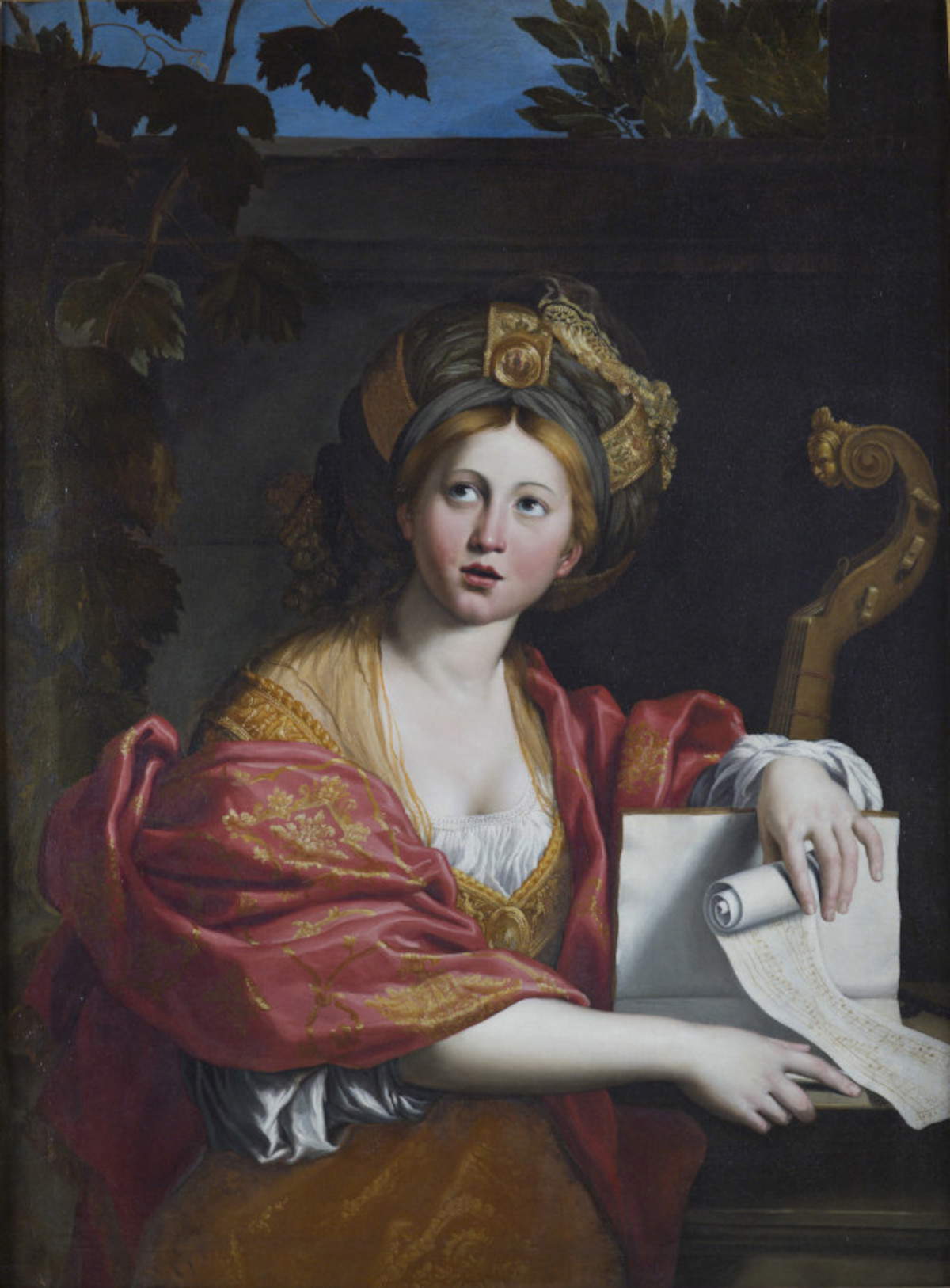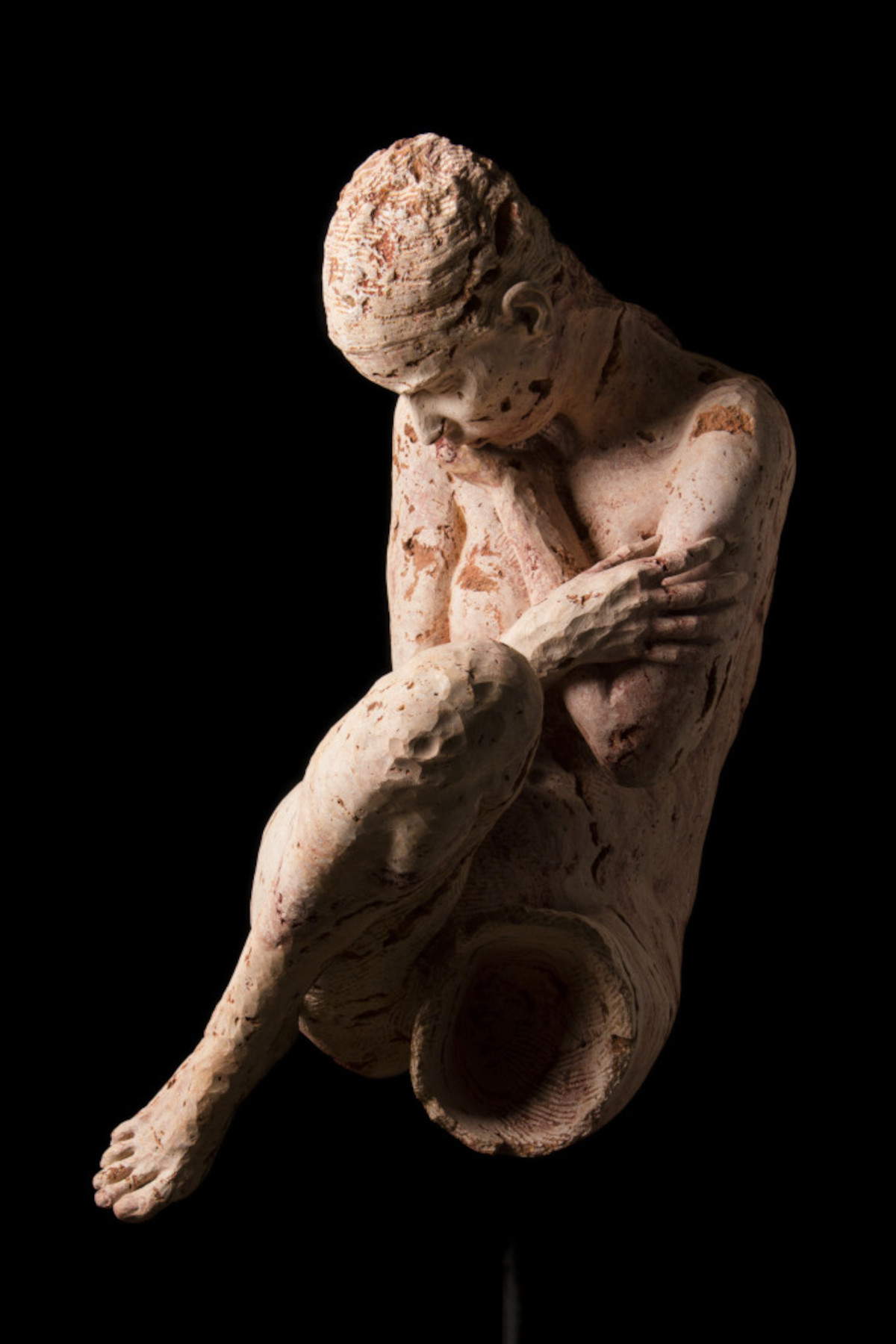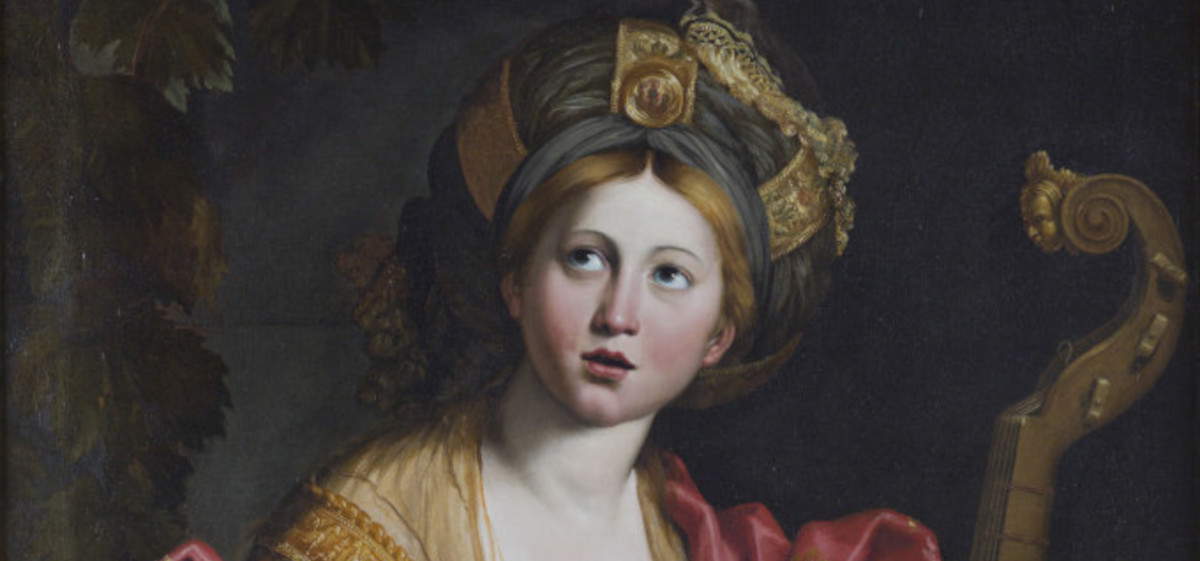An exhibition on the figure of the Sibyls lands at Piacenza’s Palazzo Farnese from December 5, 2025 to May 3, 2026 with the project Sibyls. Voices Beyond Time, Beyond Stone, curated by Antonio Iommelli, director of the Civic Museums of Palazzo Farnese. The exhibition proposes an articulated itinerary dedicated to the prophetesses of antiquity, with the aim of enhancing their role in art history and their deep connection with the city’s artistic heritage.
The exhibition project stems from the desire to highlight the relevance that the Sibyls had in Piacenza, especially in relation to the pictorial cycle that Giovan Francesco Barbieri, known as Guercino, executed between 1626 and 1627 in the Cathedral. Here the artist frescoed the Prophets by inserting pairs of Sibyls in the lunettes of the tambour, completing the work begun by Pier Francesco Mazzucchelli, known as the Morazzone. This intervention emphasized the equal consideration accorded to female prophetic figures in the religious language of the time. Sibyls also appear in other significant places in the city: in the 16th-century dome of Santa Maria di Campagna, frescoed by Pordenone, and in the basilica of San Francesco, where Malosso included them in his Coronation and Genealogy of the Virgin Mary.
The centerpiece of the exhibition will be Domenichino’s Sibilla cumana, which will arrive for the occasion on loan from the Galleria Borghese in Rome. Dated 1617, as evidenced by a receipt of payment from Scipione Borghese, which may have influenced the iconographic choice, it is considered a masterpiece of the 17th century and one of the most intense iconographic models of the prophetess. The figure is depicted wearing a turban and a viola da gamba can be seen behind her; the face, with delicate features, shows clear references to the Bolognese school and recalls the female models of Guido Reni. The landscape in the background is dense with symbols: the laurel, consecrated to Apollo, deity of the arts, and the vine, associated with Bacchus and the poetic dimension but also with Christ, whose coming, according to Virgil, was announced by a Sibyl. The work will be the starting point of a close dialogue with the present, thanks to the presence of eight sculptures dedicated to the Sibyls created by Piacenza-based artist Christian Zucconi.

The juxtaposition of seventeenth-century painting and contemporary sculpture intends to create a symbolic bridge between different eras, in order to restore continuity, corporeality and actuality to the Sibylline myth, both in the local artistic tradition and in the universal reading of the theme.
The works by Christian Zucconi (born 1978), carved in Persian red travertine and iron, do not simply serve as a complement, but represent a modern reinterpretation of the myth, explored in its psychological and symbolic dimensions. The artist curated the installation entirely, handling the design, staging, lighting and the sound piece Versi sibillini, composed of words and music by Zucconi himself, with voice and sound interventions by Greta di Lorenzo and percussion by Gian Luca Capelli. The piece, conceived as a circular flow of suggestions and references, aims to expand the theme of prophecy beyond the visual dimension, interweaving sculpture, myth and contemporaneity.


The works in the exhibition build an itinerary from Piacenza through the works of Pordenone, Malosso, Guercino, and Domenichino to Zucconi’s contemporary sculpture and sound, demonstrating how the myth of the Sibyls continues to resonate through the centuries as a prophetic archetype of universal value.
The exhibition is accompanied by the critical essay Sibyls: myth, iconography and prophetic vision, written by Antonio Iommelli and dedicated to the theme of the Sibyls from antiquity to the first half of the seventeenth century. Published by Nomos Edizioni, it is scheduled for presentation in February 2026.
 |
| Palazzo Farnese in Piacenza dedicates an entire exhibition to the Sibyls. On loan from Rome is Domenichino's Sibyl |
Warning: the translation into English of the original Italian article was created using automatic tools. We undertake to review all articles, but we do not guarantee the total absence of inaccuracies in the translation due to the program. You can find the original by clicking on the ITA button. If you find any mistake,please contact us.